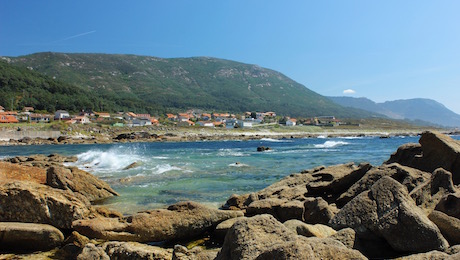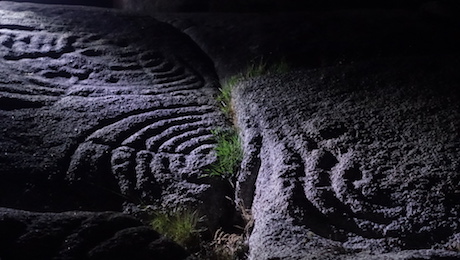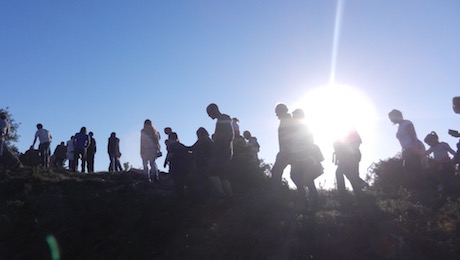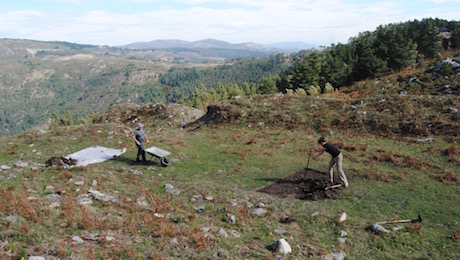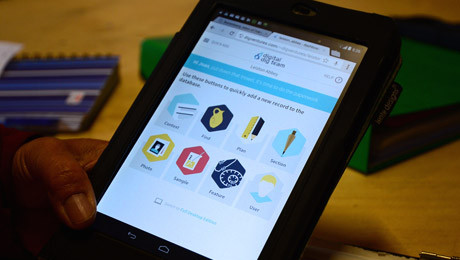We’re digging A Cabeciña hillfort and you can join us! So far we’ve found beautiful Punic pottery, a bronze axe and several stone round houses. Come and help us unearth the clues to decipher Costa dos Castros’ past.
History has shaped the landscape of this coastline over thousands of years. In 2016, we will dig two Iron Age hillforts, A Cabeciña and Chavella, to learn more about the ancient people who lived here and how they related with maritime traders from as far as Phoenicia.
Castro A Cabeciña
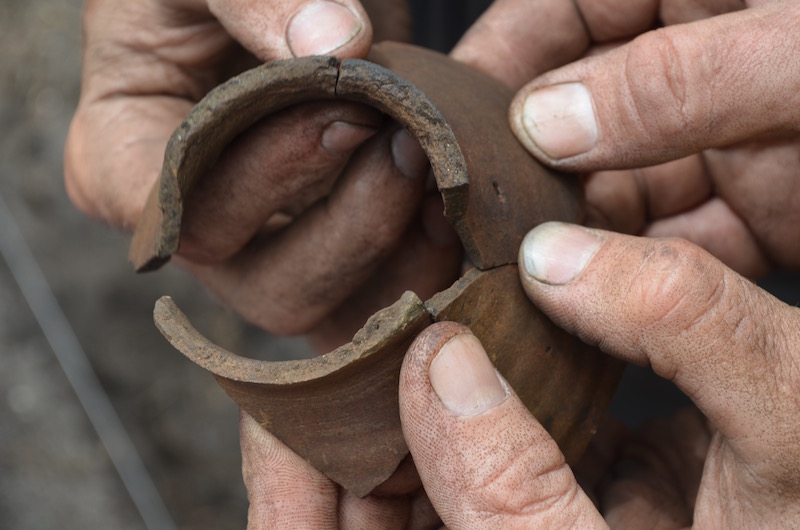
A Cabeciña was a melting pot (literally!) of Mediterranean and Atlantic cultures. Archaeological work at this castro in 2015 found evidence of international trade with Mediterranean people – mainly Punic and Roman pottery, some of it in excellent conditions.
The team also found a bronze axe which, according to researchers, wasn’t used as a weapon but rather as a sort of coin to exchange for goods. The people travelling from the Mediterranean very likely bought the axes to melt down into bronze and exchanged them for crafts such as fine pottery and exotic jewellery that were highly valued by the people at Costa dos Castros.
Round houses galore
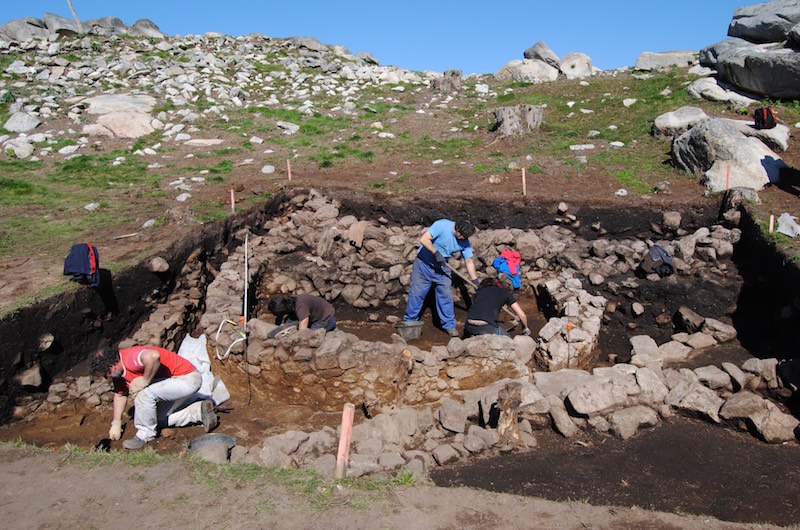
A Cabeciña is an impressive example of how the Iron Age people worked to make the landscape habitable. They had to excavate the whole hilltop to make flat terraces on which to build their houses, and a gigantic rampart and deep ditches to protect the castro.
In 2015, archaeologists cleared the rampart that surrounds the settlement, revealing its original stepped structure. They also opened a few trenches on the terraces, uncovering several stone round houses.
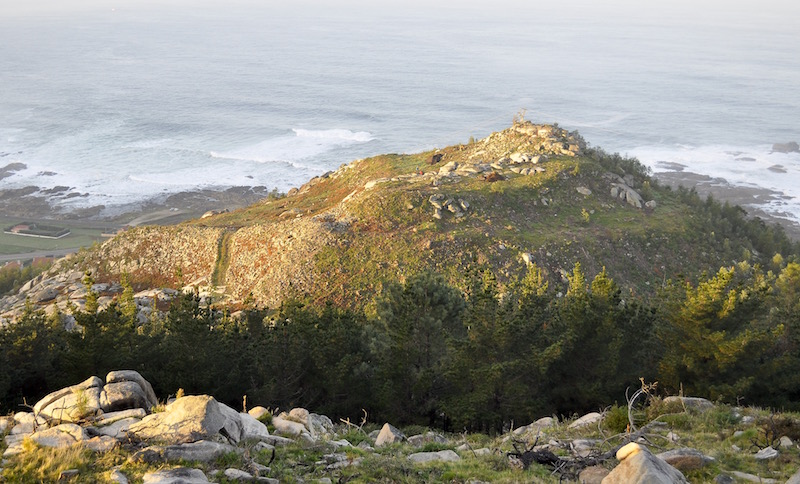
One of the most interesting discoveries are three overlaying round houses that reveal three different periods of occupation of the site, probably starting in the Early Iron Age.
This, together with the fact that the settlement is so close to one of Costa dos Castros’ most spectacular Bronze Age rock art panels, can help researchers learn more about the transition from the Bronze Age to the Iron Age in Galicia, of which not much is known so far.
In 2016 we aim to dig another stone building adjoining A Cabeciña’s best-preserved round house. You can come and dig with us and help find more clues as to the complex history of A Cabeciña. Amazing archaeology is guaranteed!
